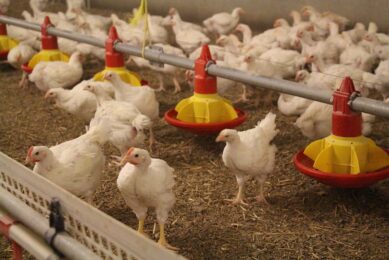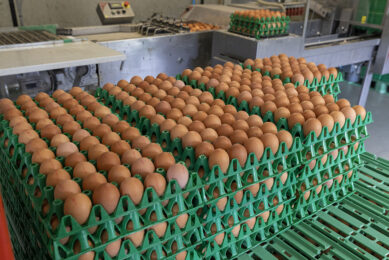Nutritional value of cell-cultured chicken meat explored

Cell-cultured chicken meat does meet European dietary recommendations but poses several dietary disadvantages for consumers, research has found.
The study re-evaluated publicly-available data for cell-cultured chicken meat made with animal cell culture technology. It used data submitted to the US Food and Drug Administration to re-evaluate the nutritional and safety of cell-cultured chicken meat manufactured by a US-based company in the light of European Union recommendations. The USDA gave the green light to cell-cultured chicken meat in 2023.
Undertaken by scientists at Poznan University, Poland, the team felt the research was necessary as similar applications may soon be submitted for assessment in Europe.
Results
The top line results were:
· Consumption of cell-cultured chicken meat would lead to greater intake of minerals.
· Its consumption would lead to higher intake of cholesterol and saturated fat.
· Cell-cultured chicken meat has an inferior profile of indispensable amino acids.
· Levels of vitamin B12, A1, Cr (V1) and Ni need to be assessed.
They found that compared to conventional chicken meat, serum-free cell-cultured chicken meat revealed lower content of protein and the majority of indispensable amino acid contents, magnesium and vitamin B3.
It did, however, find higher levels of total fat, saturated fatty acids, cholesterol, vitamins B5, B6, and A, and minerals calcium, copper, iron, potassium, manganese, sodium, phosphorus, selenium and zinc.
Toxic elements such as arsenic, cadmium, organic lead, and mercury did not exceed allowance thresholds, though serum-free cell-cultured chicken meat did have higher levels of cadmium and organic lead than conventional chicken meat.
Although this first assessment of cadmium falls within the European Union requirements, the researchers say it is crucial to optimise the reproducibility of the production process due to observed variabilities in nutritional levels between tested lots.
They say the study represents a re-evaluation of cell-cultured chicken meat offered by a single product but it should not be extrapolated to the entire field of cultured meat.
The study, ‘Assessment of the potential nutritional value of cell-cultured chicken meat in light of European dietary recommendations’ is published in the Journal of Food Composition and Analysis.













